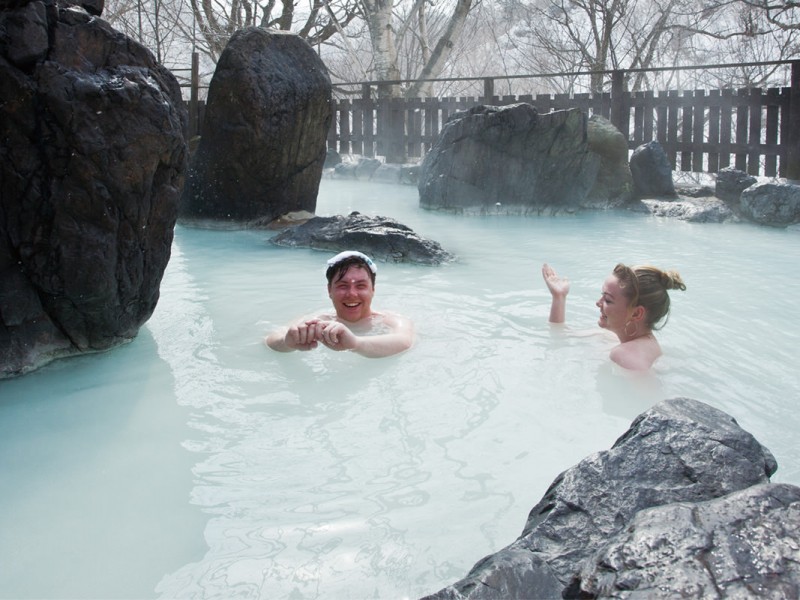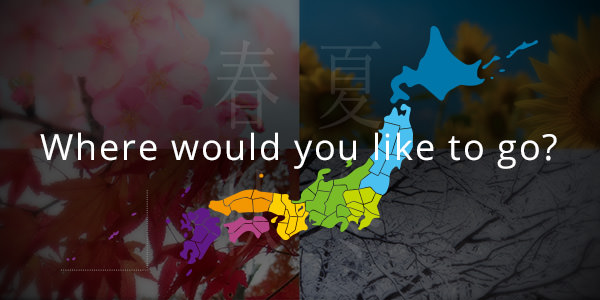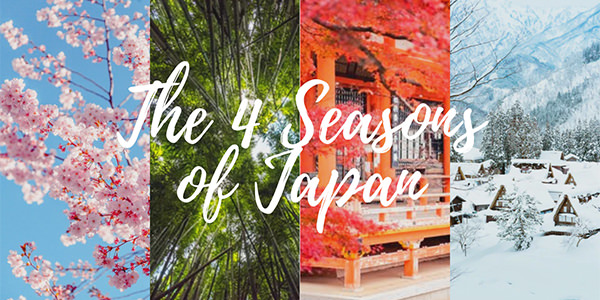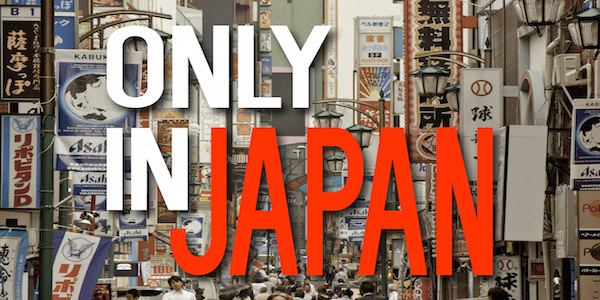Out of all the languages on the planet, Japanese is regarded as one of the hardest languages to master. Some say that it takes 2,200 hours before you become fluent in Japanese. On the other hand, some other languages take as little as 600 hours. It’s no wonder many people feel defeated before they even get to the starting line.
But tune out those voices. Don’t give up before you even start. To give you a solid push past the starting line, here are just some of the reasons why becoming a Japanese master is more achievable than you think.
Phonology
First of all, Japanese pronunciation is so much simpler than English! All five vowels in Japanese already exist in English, so that’s one barrier out of the way. Moreover, Japanese words are pronounced exactly the way they are written, so there’s no need to search up the dictionary every time you see a new word.
Additionally, unlike many of the Asian languages such as Mandarin and Vietnamese, Japanese is not a tonal language. The most that Japanese speakers do is change their pitch, which helps to create a distinction between two words that have the same pronunciation. However, the meaning can generally be inferred from the context of the conversation.
Subject-Dropping
Subject dropping refers to the omission of pronouns in sentences. It is so common in Japanese that once you start to become fluent in Japanese, it instead becomes hard not to drop the subject. This concept may sound ridiculous in English, but it would sound odd if you mention the subject in every sentence. In English, we use pronouns when we have already mentioned the proper noun once. Japanese takes this one step further by removing the pronoun completely. Don’t worry, people will still understand who you are referring to. But you better pay more attention when you have conversations in Japanese, or else be prepared to feel completely lost in the conversations.
English Loanwords
Photo via Nippon
This is the part where it’s a blessing to have English as your mother tongue. Many of the foreign words are transliterated into Japanese from English. This means the pronunciation of some Japanese words is very similar to their English counterpart. These foreign words form the special category known as ‘gairaigo’. Some common words include camera (カメラ (kamera)) and video (ビデオ (bideo)). Wasn’t that easy? Even beginners would be able to pick those words up straight away. One thing to keep in mind is that not all loanwords come from English. It may also have a different meaning to the original English word. Like the word パン (pan)! You would have never guessed that word means ‘bread’ in Japanese, would you?
No Verb Agreements
Yes, no verb agreements! If this doesn’t get you started studying Japanese, then I don’t know what will. In English, the form of the verb changes according to whether the noun is first, second or third person. In Spanish, the gender of the nouns and adjectives have to agree with each other. With Japanese, you don’t have to worry about anything like!
Word Order
Even though the Japanese word order is difficult to grasp at first since it’s completely different from English, you don’t have to stress. It will still make sense even if the order is not exact. Why? That’s because the word order is fairly free. Whether the subject comes first or the object comes first, it does not matter as long as the verb comes last. Why is that possible in Japanese? Well, it’s because there’s something called ‘particles’ in Japanese. We’ll discuss this more in the next section.
Particles
 Photo via Kawakawa
Photo via KawakawaParticles are one of the most complicated aspects of Japanese. These are the characters that come after each modified nouns, verbs, adjectives, or sentences. They indicate what the function of the phrase is in the sentence. Sadly, in English, we rely heavily on the position of the words to understand the meaning. Don’t worry if you feel lost, Japanese people often get confused themselves sometimes!
The Writing System
Photo via Ameba
Is there a need for three different scripts in Japanese? Please make up your mind!!! There’s no doubt many of you learning Japanese had this kind of feeling. Despite all the internal screaming you might’ve had at the start, there is an immense advantage to this writing system as well. Hiragana primarily represents Japanese words. On the other hand, katakana represents foreign words. And kanji? Well, we will discuss that further in the section below.
Kanji
Photo via Japanistry
If there is anything that is going to prevent people from studying Japanese, kanji would be it. Not only do kanjis have more strokes, but there are also different pronunciations and meanings depending on the context. It will be a miracle if you do not feel overwhelmed. But if you want to live or visit Japan, you need kanji to survive.
But as the saying goes, it gets easier with practice. Start by learning the kanji radicals. Each kanji radical holds a meaning, so by having a solid knowledge of the kanji radicals, you will be able to pick up kanji in no time. Even if you can’t read the kanji, you will be able to guess the meaning of the word. For example, take the word for volcano (火山 (kazan)) in Japanese. If we break down the kanji, it would be:
- 火 (hi) = fire
- 山 (yama) = mountain
火山 = fire mountain = volcano! Now, that was easy, wasn’t it! Kanji will also save you a lot of space when writing. Instead of writing the words in hiragana, replace it with kanji. Why write こころざし when you can write 志?
Honorific Form
Keigo seems simple in the beginning. Just add an honorific suffix to names, ensure the sentences end in です・ます, and then you’re all good! But what happens when it’s not as easy as that anymore?
The main reason why many people perceive Japanese honorifics as hard is that the form of Keigo you decide to use depends on the circumstances. Should you lower your position or raise the other party? It is not always obvious. One wrong move, and you might be throwing yourself into trouble without knowing. It is a difficult concept to grasp. However, as you get closer to mastering the language, you will be able to come to understand and appreciate how Keigo reflects the Japanese culture and the hierarchal system.
What do you find easy or hard about Japanese? Let us know in the comments below!


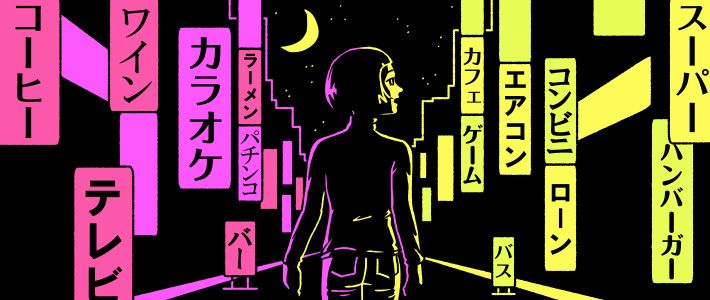

 Photo via
Photo via 



